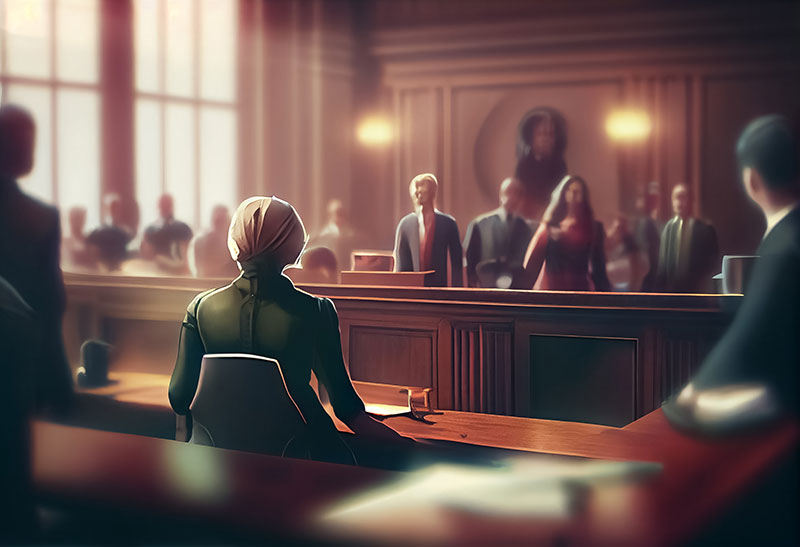How Visuals Transform Legal Strategy
How Visuals Transform Legal Strategy
Blog Article

Modern litigation demands clear, engaging presentation of evidence. Legal teams increasingly use illustration to explain events, scenes, and processes. Companies like LawFX are at the forefront of this visual legal revolution.
What Are Courtroom Illustrations?
Unlike media sketches, these visuals aim to explain—not just depict—key scenes or events from a case. They may include accident reconstructions, injury depictions, or medical procedure visuals. Every image they produce is both court-admissible and strategically impactful.
How LawFX Elevates Legal Communication
LawFX works hand-in-hand with attorneys to create visuals tailored to the case. Each image supports testimony and simplifies complex evidence.
How Legal Illustrations Improve Trials
Jurors often retain images far better than spoken copyright. An effective illustration can support or even replace lengthy explanations. This improves juror retention and creates stronger emotional impact during trial.
Illustrations vs. Trial Graphics
They're used to organize arguments or highlight key facts. LawFX often combines both to deliver a unified, persuasive presentation strategy.
Practice Areas That Rely on Courtroom Visuals
Attorneys in fields like personal injury, product liability, and malpractice use visuals to explain their case. LawFX also serves mediators and arbitration teams seeking visual clarity during settlement talks.
Legal Fields That Gain from Visual Aids
Jurors can see what happened instead of just hearing it. Medical cases especially require diagrams of anatomy, procedures, or diagnostic errors.
The Illustration Process at LawFX
LawFX begins with a legal consultation and case review. Revisions are made until a final court-ready visual is produced. This collaborative method ensures that every visual is effective, precise, and courtroom-approved.
Improving Jury Comprehension with Art
Illustrations bridge the knowledge gap and reduce confusion. This translates into better-informed deliberations and stronger cases overall.
Standards for Courtroom Illustration
They collaborate with experts to confirm that each illustration reflects actual evidence. Avoiding exaggeration or misleading design ensures their work withstands scrutiny and contributes to trial success.
How Legal Art Supports Mediation and Arbitration
They show the strength of a case in ways that copyright cannot. Attorneys use them to influence settlement terms or simplify complex arguments during mediation.
Courtroom Illustration FAQ
What visuals illustration services for law firms do you create? Courtroom illustrations, trial graphics, 3D models, and digital presentations.
Are they admissible? Yes—they meet evidentiary standards and are reviewed with experts.
What’s the difference between illustrations and trial graphics? Graphics show data; illustrations show events or scenes.
Where can they be used? In court, settlement, depositions, and mediation.
How long does it take? Simple visuals take days, complex ones may take 1–2 weeks.
Visuals as Legal Strategy
Legal visuals improve communication, clarify arguments, and help jurors make better decisions. For persuasive, professional visuals that tell your story—LawFX delivers.
Report this page